
Indus Valley Civilization Asian Art History
The Civilization was discovered in 1921 in Harappa, Punjab, and subsequently in 1922 in Mohenjo Daro along the Indus River in Sindh (Sind). Both locations are in modern-day Pakistan, in the provinces of Punjab and Sindh, respectively. The Indus valley civilization is well-known for two enormous cities, Harappa and Mohenjo Daro, as well as more.
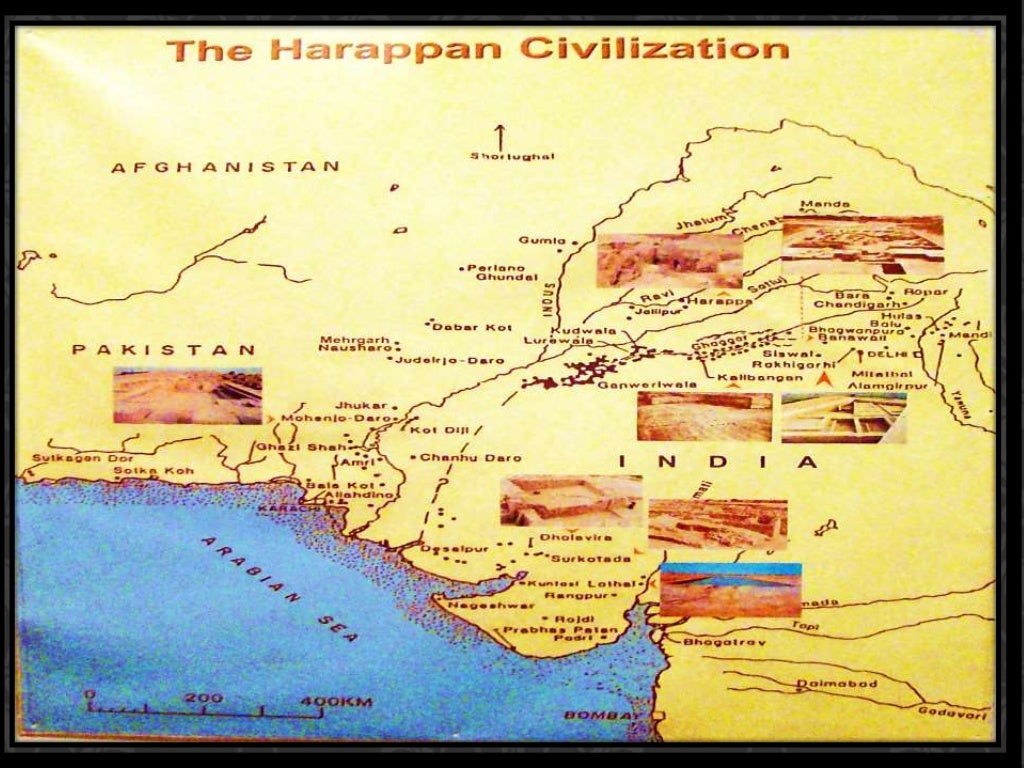
Indus valley civilization(original)
Indus Valley Civilization Cities and Sites. The urban centres of the Indus Valley Civilization had well-designed and organized infrastructure, architecture, and governmental structures.. The little Early Harappan villages had grown into huge cities by 2600 BCE. In modern Pakistan, these cities are Harappa, Ganeriwala, and Mohenjo-Daro; in contemporary India, these cities are Dholavira.

Exploring The Wonders Of Indus Valley Civilization Map Map Of Europe
Indus Valley civilization map: This map illustrates the extent of the Indus Valley Civilization, imposed over the borders of modern-day Pakistan and northwest India. The civilization is often separated into three phases: Early Harappan Phase (3300 BCE-2600 BCE). Mature Harappan Phase (2600 BCE-1900 BCE). Late Harappan Phase (1900 BCE-1300.
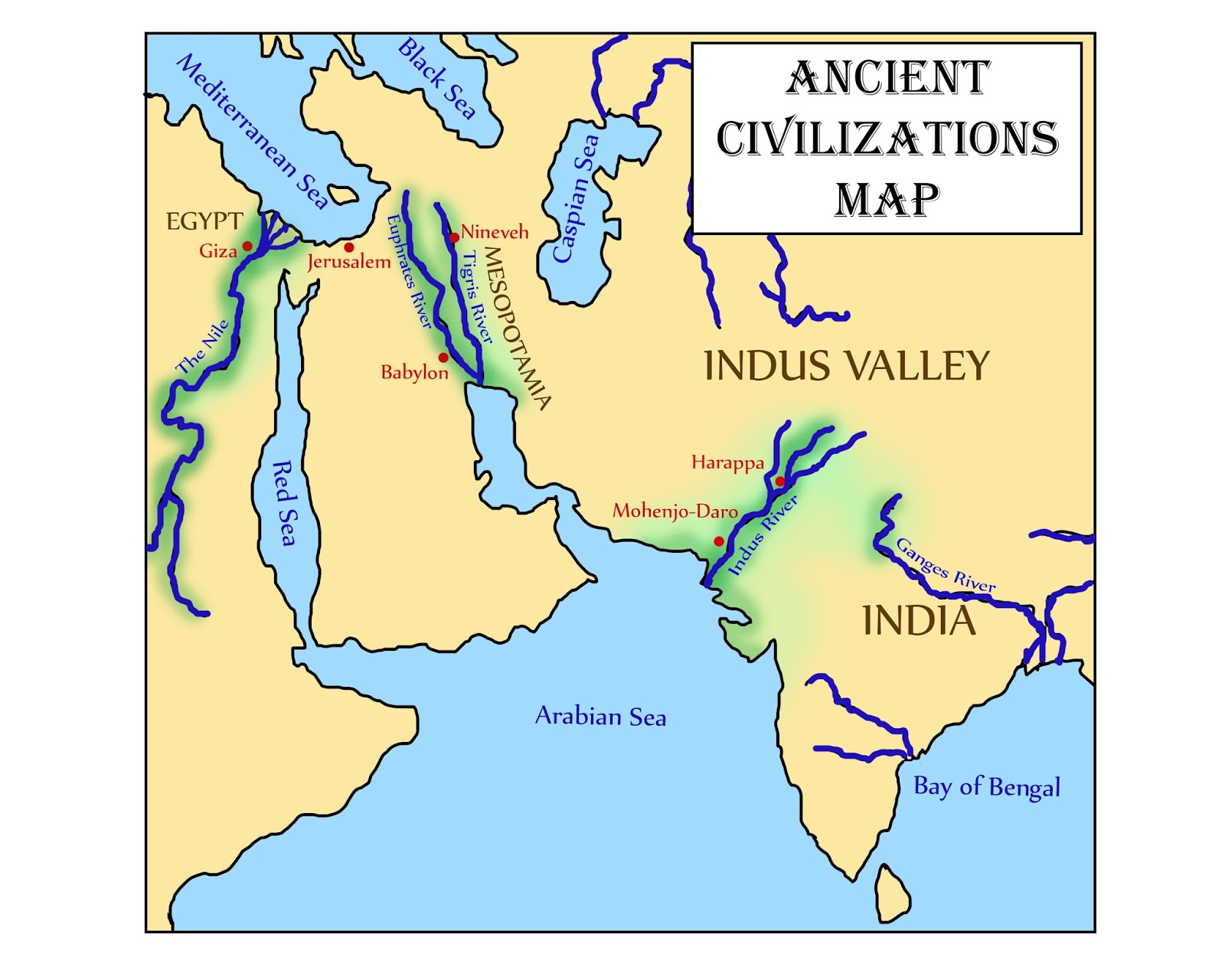
Glimmercat Introducing the Indus River Valley and the River Road
Indus Valley Civilisation. Excavated ruins of Mohenjo-daro, Sindh province, Pakistan, showing the Great Bath in the foreground. Mohenjo-daro, on the right bank of the Indus River, is a UNESCO World Heritage Site, the first site in South Asia to be so declared. Miniature votive images or toy models from Harappa, c. 2500 BCE.

48 LesserKnown Facts about Indus Valley Civilization
A map shows some of the cities and towns of the ancient Indus valley civilization, with some modern city and country names included.
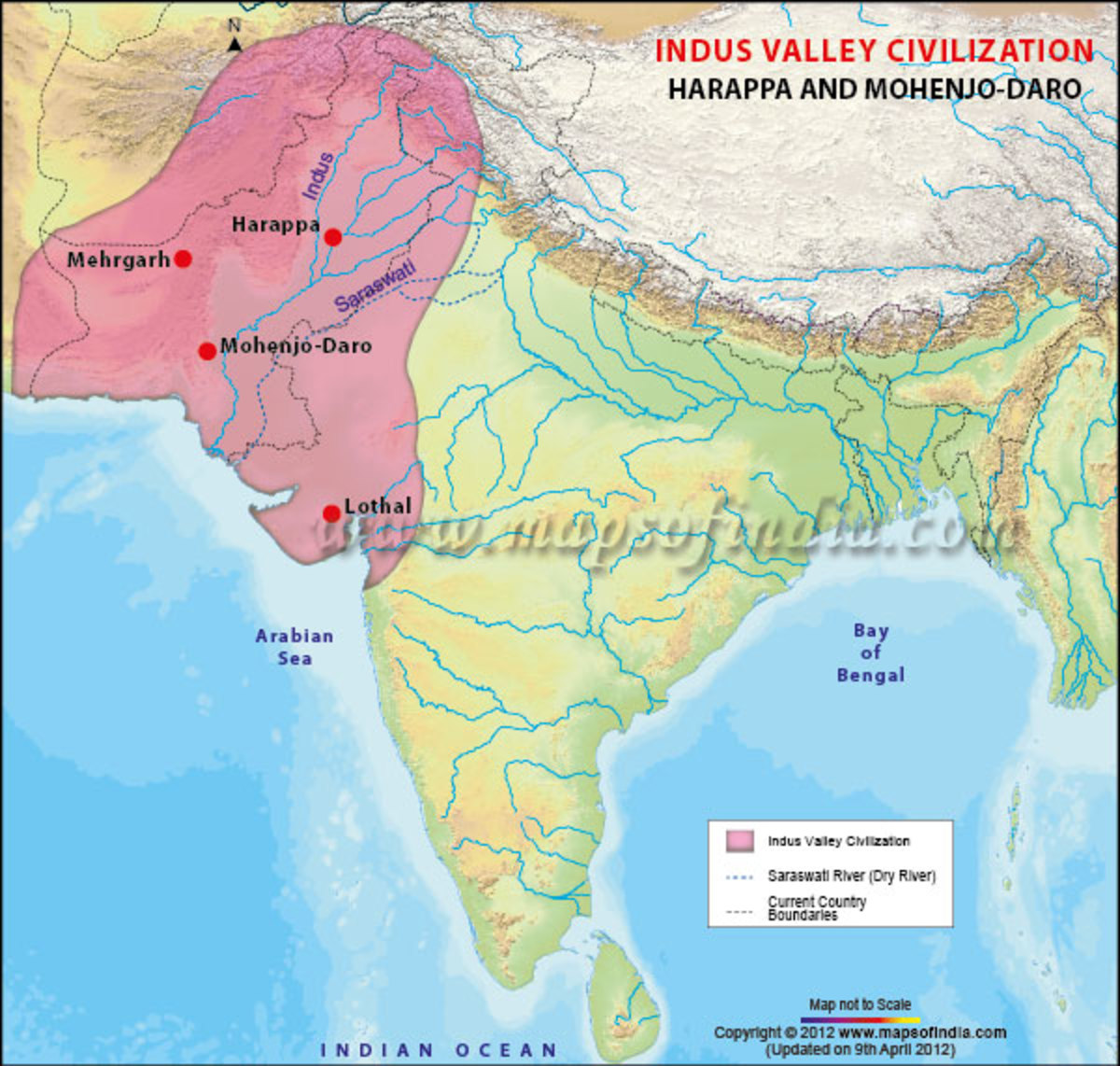
The Harappan Civilization in the Great Indus River Valley HubPages
India - Indus Valley, Harappan, Bronze Age: While the Indus (or Harappan) civilization may be considered the culmination of a long process indigenous to the Indus valley, a number of parallels exist between developments on the Indus River and the rise of civilization in Mesopotamia. It is striking to compare the Indus with this better-known and more fully documented region and to see how.

Indus River Valley Civilisation by 19skhan
Indus River Valley civilizations. The Indus River Valley (or Harappan) civilization lasted for 2,000 years, and extended from what is today northeast Afghanistan to Pakistan and northwest India. Sal explores the history of this civilization, its technological innovations, its art, its architectural practices, and its agriculture.
.png)
FileIndus Valley Civilization, Late Phase (19001300 BCE).png
One of the first civilizations in the world developed in the valley of the Indus River in Asia. It occupied both sides of what is now the border between Pakistan and India . The Indus Valley civilization lasted from about 2500 bc to about 1700 bc .

Indus Valley Civilization lived without an active, flowing river system
Indus civilization, the earliest known urban culture of the Indian subcontinent. The nuclear dates of the civilization appear to be about 2500-1700 bce, though the southern sites may have lasted later into the 2nd millennium bce. Among the world's three earliest civilizations—the other two are those of Mesopotamia and Egypt —the Indus.

Rise of the Indus Valley Ancient and Early Medieval India
The Indus Valley Civilization, in its mature phase, thrived for about 700 years, from around 2600 B.C. to 1900 B.C. "The Indus Valley Civilization, also called the Saraswati or Harappan.

Indus Valley civilization Kids Britannica Kids Homework Help
The Indus Valley Civilisation, also known as the Harappan Civilisation, is the oldest civilisation in Asia. Take a look at town planning, religious practises, languages, technology, arts and crafts, and the decline of the Indus Valley Civilisation!

Indus Valley Civilization Indus valley civilization, River valley
The Indus Valley Civilisation, also known as the Harappan Civilisation, was a Bronze Age civilisation in the northwestern regions of South Asia, lasting from 3300 BCE to 1300 BCE, and in its mature form 2600 BCE to 1900 BCE. Together with ancient Egypt and Mesopotamia, it was one of three early civilisations of the Near East and South Asia, and.
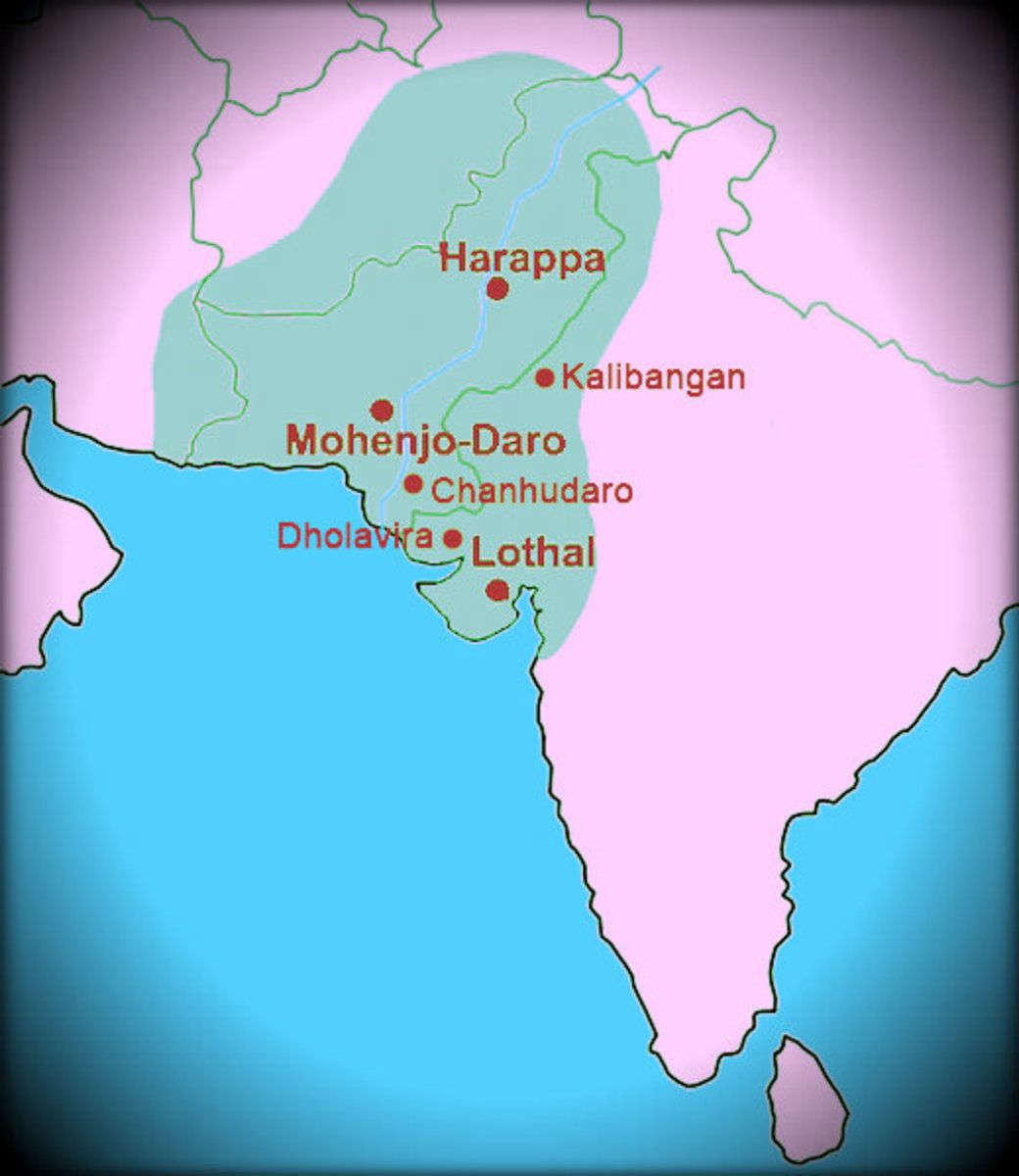
Indus Valley Civilization HubPages
Map of Indus Valley Civilization. * Map showing the Indus Valley Civilization - Harappa, Mohenjo-daro, Mehrgarh and Lothal with current countriy boundaries. Disclaimer: All efforts have been made.
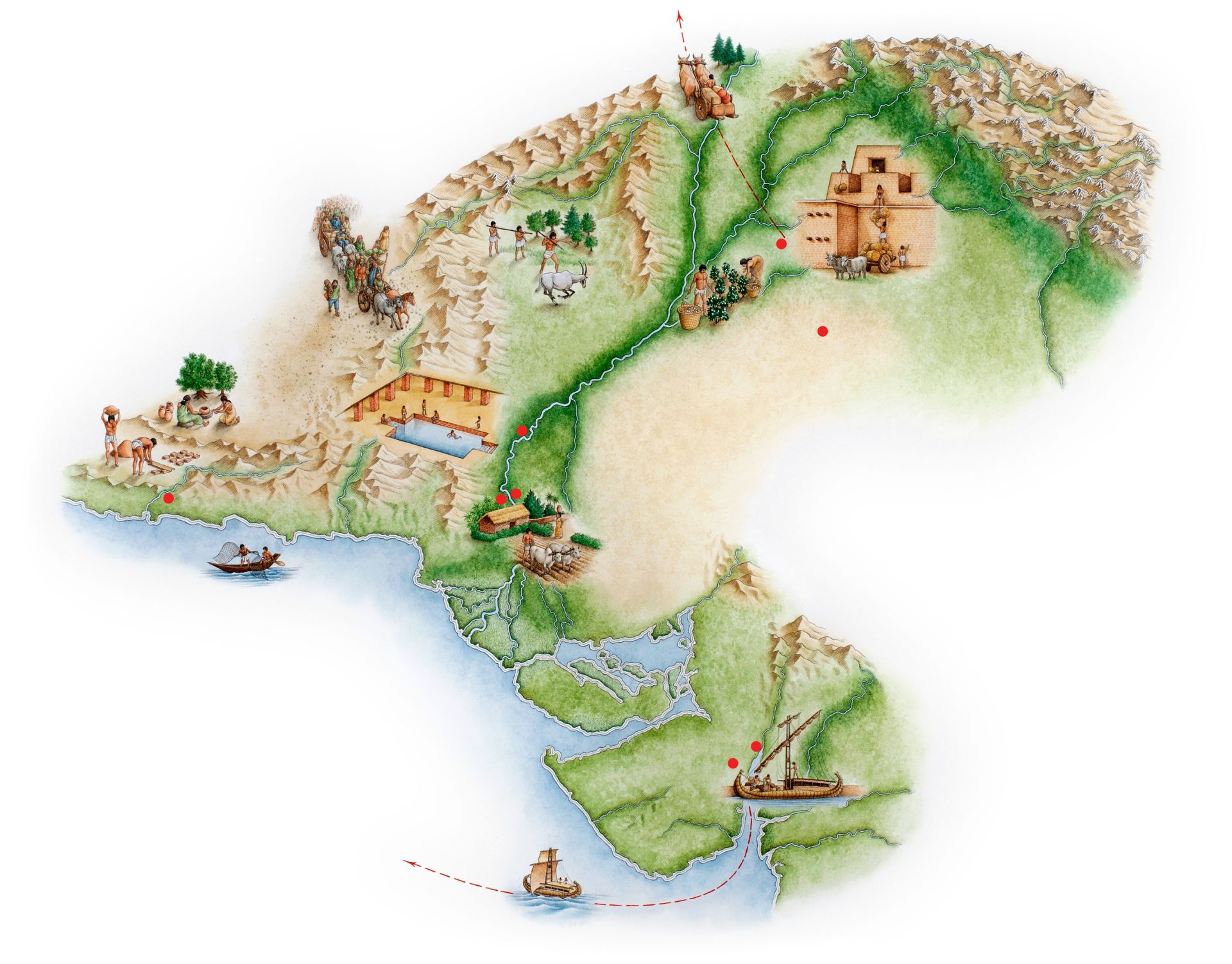
Where Is Indus Valley Indus Civilization Map DK Find Out
Overview. The Indus River Valley Civilization, 3300-1300 BCE, also known as the Harappan Civilization, extended from modern-day northeast Afghanistan to Pakistan and northwest India. Important innovations of this civilization include standardized weights and measures, seal carving, and metallurgy with copper, bronze, lead, and tin.

Geographical Extent of Indus valley civilization
Indus Valley Civilization (IVC) holds a prominent place in the glorious history of India. It is also known as the 'Harappan Civilization' as Harappa was the first city to be discovered along the banks of the river Ravi by Daya Ram Sahni in 1921. Indus Valley Civilization is one of the most important topics for the UPSC IAS Examination.In this article on Indus Valley Civilization, we shall.
.png)
INDUS VALLEY CIVILISATION (HARAPPAN CIVILISATION) HISTORY AND GENERAL
The Indus Valley Civilisation was an ancient civilization that existed around 2500 BCE in what is now northwest India and Pakistan. It was one of the earliest civilizations in the world and was known for its advanced city planning, impressive architecture, and sophisticated engineering. The Indus Valley people developed a system of writing, but.